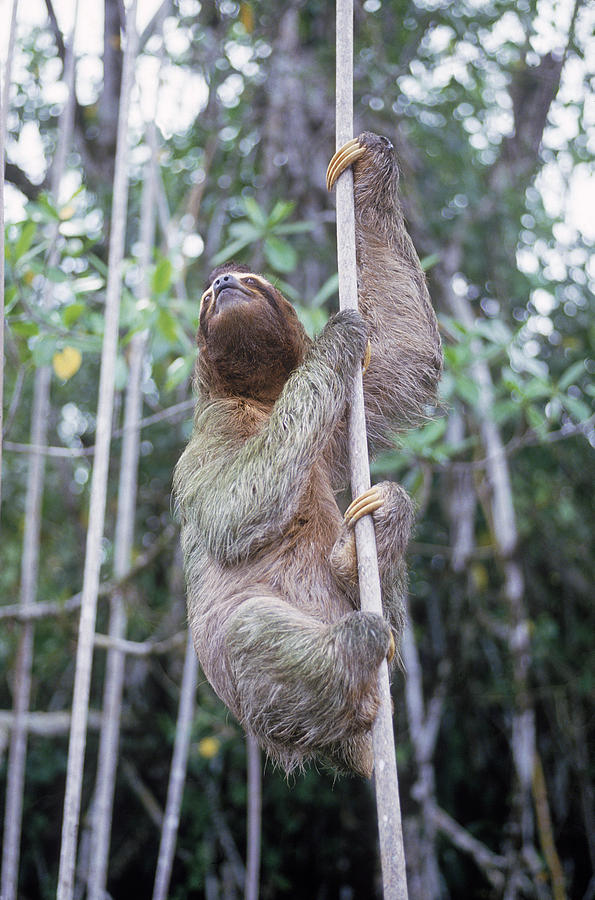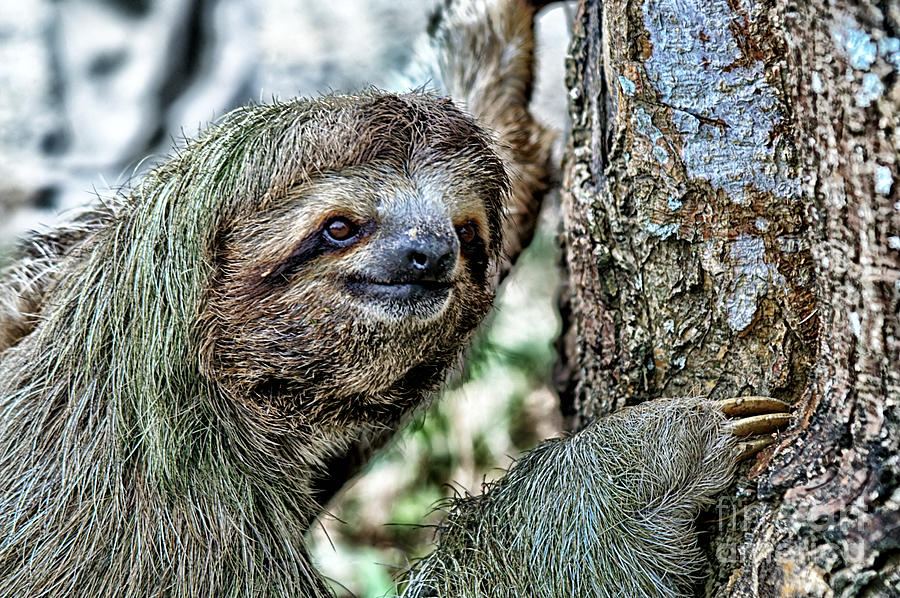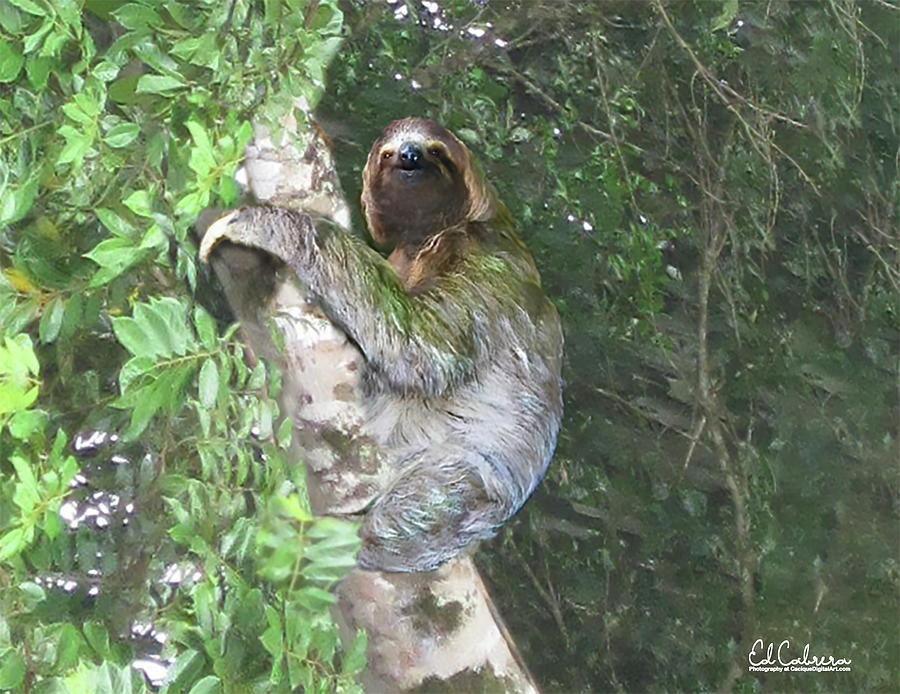
And pygmy sloths live solely on Isla Escudo de Veraguas, the outermost island in the Bocas del Toro archipelago, a chain that separated from mainland Panama as sea levels rose some 9,000 years ago.

They eat the leaves of red mangrove ( Rhizophora mangle) trees, which no other sloths are known to eat. pygmaeus as a new species in 2001, based mainly on its size: Pygmy sloths are roughly 40 percent smaller than the average sloth, and lighter, too, with more modest skulls. There are six known species of sloths in total, including both two-toed and three-toed varieties.

Cliffe’s findings from that research, as well as a lengthy genetic study, will be published later this year.Ĭliffe also hopes to shed light on some of the mysteries of pygmy sloths specifically-including whether they are truly a distinct species. As part of that research, she outfitted sloths with tiny data-logger “backpacks”-technology designed by her advisor at Swansea University-that record thousands of biological measurements throughout the day. project, during which she set out to learn about sloth genetics, behavior, and biochemical processes. Based on findings like these, she knew that “a one-month research project was not going to cut it.” She opted for a seven-year Ph.D. Cliffe has discovered, for example, that it takes the animals around 30 days to simply digest a leaf. Nearly everything about sloth behavior and physiology proceeds in slow motion. Sloths move at the astonishingly slow pace of about 36 meters (120 feet) per day, typically climbing down from their arboreal perches just once a week to poop. Arguably some of nature’s strangest creatures, their hairy coats host entire ecosystems of invertebrates and algae the latter lend the sloths’ coats their greenish tint. Sloths, which live only in Central and South America, belong to the order Pilosa, along with anteaters they are also distant cousins of armadillos. What little is known only adds to the intrigue surrounding these animals. She landed a year-long research position at a sloth sanctuary, and, as she describes it, “slowly discovered nobody really knows anything about sloths.” “With a lot of animals, you can do a few weeks or months in the field and collect a lot of data,” says Cliffe, who is based on the east coast of Costa Rica and began working with sloths a decade ago while studying zoology as an undergraduate. Studying sloths-pygmy and otherwise-requires ingenuity, time, and a whole lot of patience. “They’re like big balls of air,” Cliffe says.Ĭliffe believes pygmy sloths also likely swim longer distances than other sloths-though, like many aspects of the species’ ecology and behavior, there is no conclusive evidence. Roughly a third of a sloth’s body mass comes from leaves in its stomach, which generate a fair amount of gas as they’re being digested. In fact, sloths can move three times faster in the water than they can through the trees.

“They’d rather swim than crawl on the ground.” Because sloths float easily, swimming is an efficient form of locomotion. “If they have to change trees, they just plop into the water,” says Becky Cliffe, a British zoologist and founder of the Sloth Conservation Foundation, or SloCo.

And these diminutive tree-dwellers seem to swim far more frequently than their larger cousins, placidly paddling with just their flat-snouted, hairy heads protruding from the turquoise sea. Just discovered at the start of the 21st century, and found exclusively on this island roughly 17 kilometers (10 miles) from the Panamanian mainland, this is the only sloth known to swim in salt water. In the balmy waters of a tiny island off Panama’s Caribbean coast, a pygmy three-toed sloth, ( Bradypus pygmaeus) takes a dip.


 0 kommentar(er)
0 kommentar(er)
